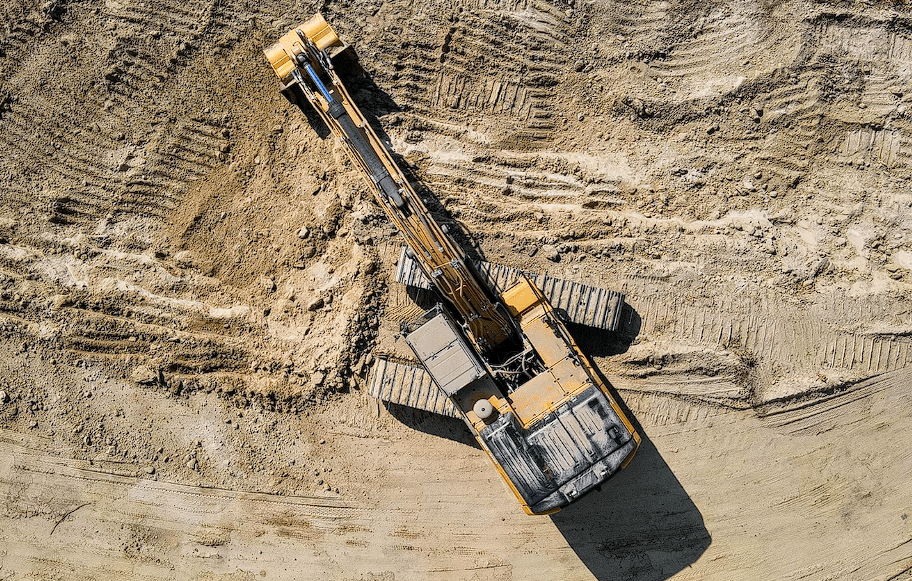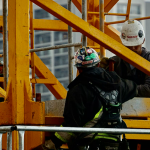In the grand orchestration of construction, excavation takes center stage as the prelude to progress. Beyond the dust and machinery lies the crucial art of unearthing, shaping, and preparing the canvas upon which architectural masterpieces will rise. In this blog, we delve into the essential role of excavation in the construction industry.
The Groundwork: Excavation as the Foundation
Excavation is the first heartbeat of a construction project, setting the stage for what’s to come. Whether preparing a site for a towering skyscraper or carving out the foundation for a residential home, excavation is the initial step that determines the stability and success of the entire endeavor. It involves the removal of soil and rock, creating a clean slate for the construction process.
Precision and Planning
Excavation is not a haphazard process; it’s an intricate dance between man and machine. Skilled excavators operate heavy equipment with surgical precision, ensuring that every cut and fill aligns with the architect’s vision. Careful planning is crucial, taking into account soil conditions, water table levels, and potential environmental impacts.
Shaping the Landscape
Excavation is not merely about removing earth; it’s about sculpting the landscape. Excavators contour the land to match the specifications of the construction plans, creating a harmonious blend between nature and architecture. The result is a leveled, stable terrain ready to bear the weight of the structures that will grace it.
Uncovering Challenges
Excavation is not without its challenges. From encountering unexpected rock formations to navigating utility lines, excavators are faced with a myriad of obstacles. However, it’s in overcoming these challenges that their expertise shines. Problem-solving is ingrained in the excavation process, with adaptability and efficiency being the guiding principles.
Environmental Considerations
In the modern era, excavation goes hand in hand with environmental responsibility. Construction sites adhere to strict regulations to minimize the impact on ecosystems and water resources. Techniques such as dust control, erosion prevention, and proper disposal of excavated materials contribute to sustainable excavation practices.
The Hidden Heroes
While excavation may happen beneath the surface, its impact is anything but hidden. Excavators are the unsung heroes, transforming rough terrain into the groundwork for architectural wonders. Their precision, expertise, and commitment to safety are the pillars upon which successful construction projects stand.
Conclusion: Digging into Progress
Excavation is more than the act of digging—it’s an art form that paves the way for progress. As construction sites transform from raw land to bustling hubs of activity, the significance of excavation becomes clear. It’s the silent force that unearths potential, turning the dreams of architects into tangible, towering realities.
So, the next time you witness the excavation phase of a construction project, remember that beneath the surface lies the foundation of progress—the artful dance of excavators shaping the future.


